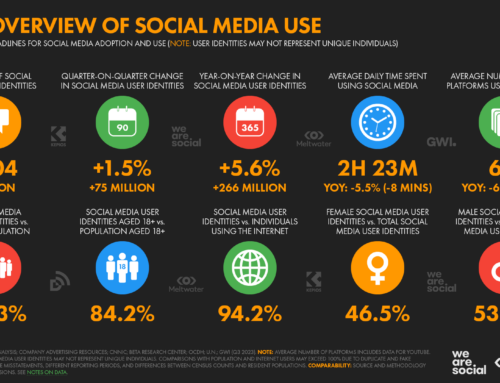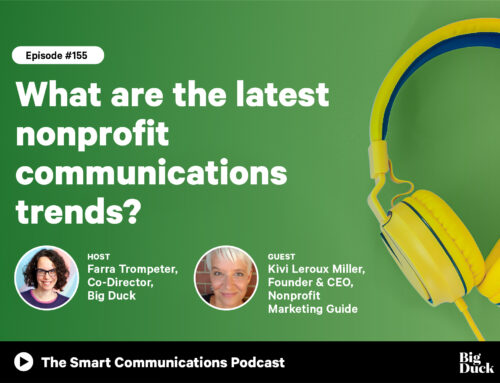In last week’s Mixed Links, we shared an infographic on Cracking the Crowdfunding Code, but thought we might need to expand a little bit about what crowdfunding is before you jump into those statistics.
Crowdfunding is pretty much what it sounds like – getting a large group of people to give you money for a project. You probably first heard about crowdfunding in relation to independent artists or small start-ups.
But nonprofits have really been doing a form of crowdfunding for years.
You need something that costs money. You ask your community for money so you can get that certain thing. Your community responds.
Don’t let the buzzword-jargony sound of “crowdfunding” intimidate you. Telethons, giving days, and runs are all technically crowdfunding. Your crowd comes from leveraging your supporters’ passion for your organization and them, in turn, spreading that passion through their personal social networks asking for money on your behalf.
The difference between crowdfunding and regular fundraising nowadays really comes from how you ask for and collect the money. Crowdfunding is usually done through a platform such as the ones interviewed for the infographic – Causes, Causevox, FirstGiving, Razoo, StayClassy, etc.
Crowdfunding works best if you have a specific project you need money for. You won’t get a lot of traction just asking for money for the general fund. That’s not what the spirit of crowdfunding is about. Those giving to these campaigns want to feel a part of something tangible – something specific. So you need a project and a fundraising goal.
A lot of crowdfunding sites got popular because those asking for donations gave something in return once the goal was met. With nonprofits, this reward system isn’t as defined and can be as simple as a handwritten note, a tour of the new building, or an acknowledgement on your website.
Don’t let the word “crowd” fool you. There aren’t millions of people out there in InternetLand waiting to give you money. Focus on your participants, supporters, and influencers. These people are going to be the ones who drive your campaign.
And finally, crowdfunding still conforms to the ask, thank, report cycle. Let your donors know they are appreciated and let them know what’s going on. This is especially true when using platforms. Campaign pages with no new activity seem dead and folks will wonder if your campaign is still going on.
Each platform handles donations, rewards, and distribution of funds a little differently, so check with your particular service.
(Scroll to the bottom of the post for more tips on crowdfunding.)
Now, back to the infographic…based on Craig Newmark’s team’s research into crowdfunding and its impact on nonprofits and interviews with popular crowdfunding platforms, they found:
- Over 28% of donors on crowdfunding platforms are repeat donors.
- Fundraisers who use a video raise 2x more than those without videos.
- More than $19 million online donations were processed on #GivingTuesday in 2013.
- Over $9,000 on average is raised on nonprofit campaign crowdfunding pages.

Those are some pretty compelling numbers, but remember, crowdfunding is not a magic bullet. It takes planning, commitment and work.
A lot has already been written about nonprofits and crowdfunding so I have compiled some of the more useful resources, specific to nonprofits, you should read before beginning a crowdfunding campaign.
- What Is Crowdfunding? [FAQs]
- How to Successfully Crowdfund for Your Nonprofit
- What Language Works Best in Crowdfunding Campaigns?
- 7 Top Crowdfunding Sites for Nonprofits and Higher-Ed Institutions
- How to Use Crowd-Funding Sites to Raise Money for Your Non-Profit
- Expert Roundtable: How to Choose the Best Crowdfunding Platform for Your Nonprofit
Have you had success crowdfunding for your nonprofit? What’s your best tip for those looking to get started? Let us know in the comments.






